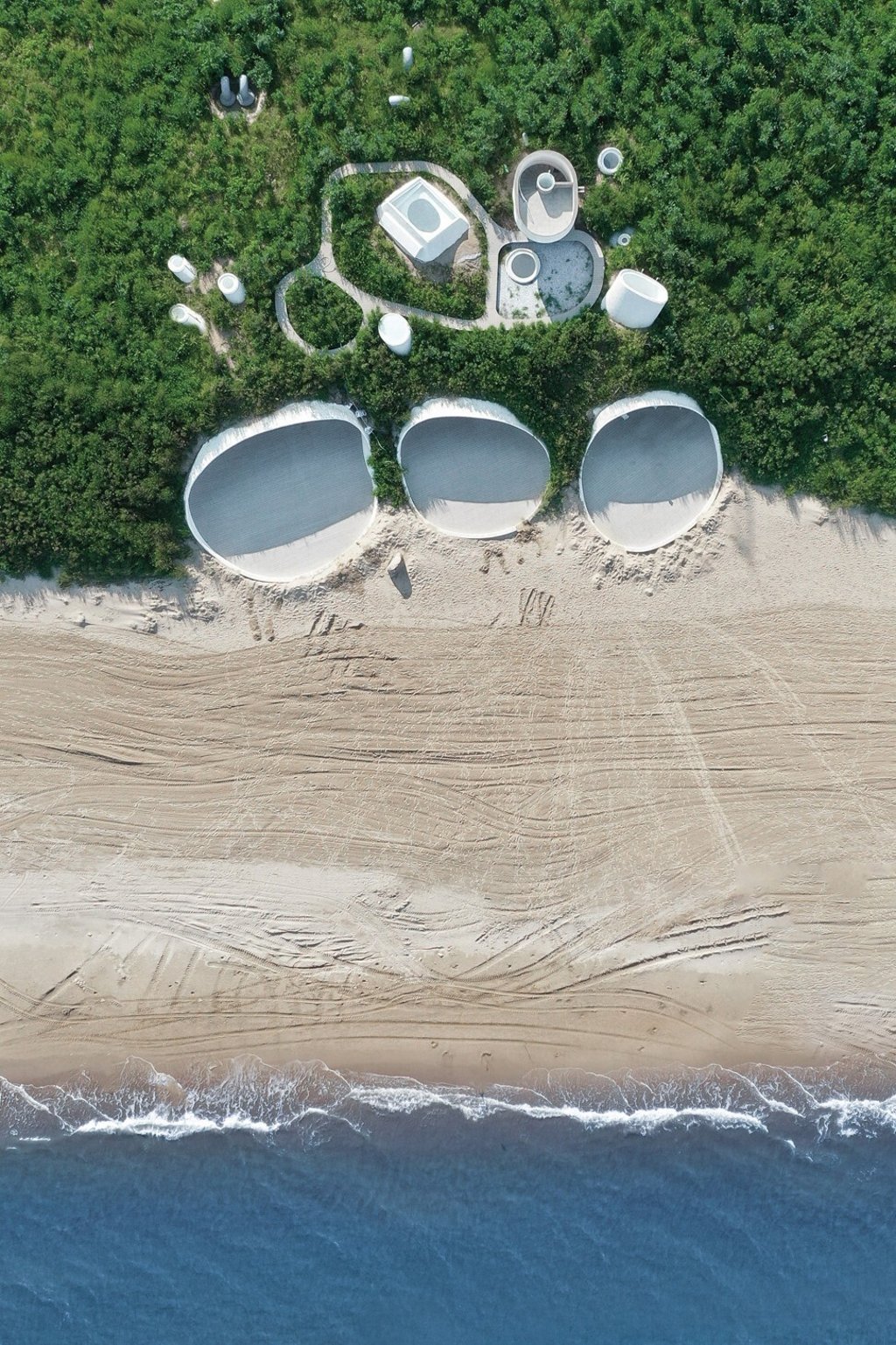Shanghai branch opening is milestone for Chinese art museum UCCA, which introduced artists such as Zeng Fanzhi to the world
- UCCA Edge marks a significant expansion for the UCCA Centre for Contemporary Art, founded by Belgian couple in Beijing and now a Chinese-owned non-profit
- Director of UCCA Philip Tinari talks about its upcoming exhibitions, the importance of a Shanghai presence, and innovating amid the coronavirus pandemic

The opening this week of a Shanghai branch of the UCCA Centre for Contemporary Art (UCCA) marks the most significant expansion of the Beijing cultural institution since its founding in 2007.
The non-profit art centre already has one satellite branch. The surrealist UCCA Dune opened in the northern resort town of Beidaihe in 2018, a series of conceptual buildings seemingly sitting inside a sand dune. But Shanghai is mainland China’s biggest and most international art hub, and the UCCA Edge, which occupies three floors of a new commercial building, is an eagerly awaited addition to a downtown contemporary arts cluster that comprises the Oct Contemporary Art Terminal, Museum of Contemporary Art Shanghai, Rockbund Art Museum and galleries along the Bund.
The 41-year-old says he is excited UCCA can now reach a broader audience in Shanghai. “In Beijing, you still have a very high concentration of artists, curators, critics, foreign media and intellectuals, a kind of specialist public. In Shanghai there’s this broad urban culture of cultural consumption,” he says.

UCCA Edge’s inaugural show, called “City on the Edge: Art and Shanghai at the Turn of the Millennium”, will trace how the city came to be at the forefront of Chinese contemporary art, as host to major international art fairs and some of China’s most well-established private museums, such as the Long Museum and Yuz Museum.
“The show explores moments [like] the 1980s or turn of the millennium. It gives a sense of what art and Shanghai felt like at [those specific moments] when Chinese contemporary art [went global],” Tinari says.
